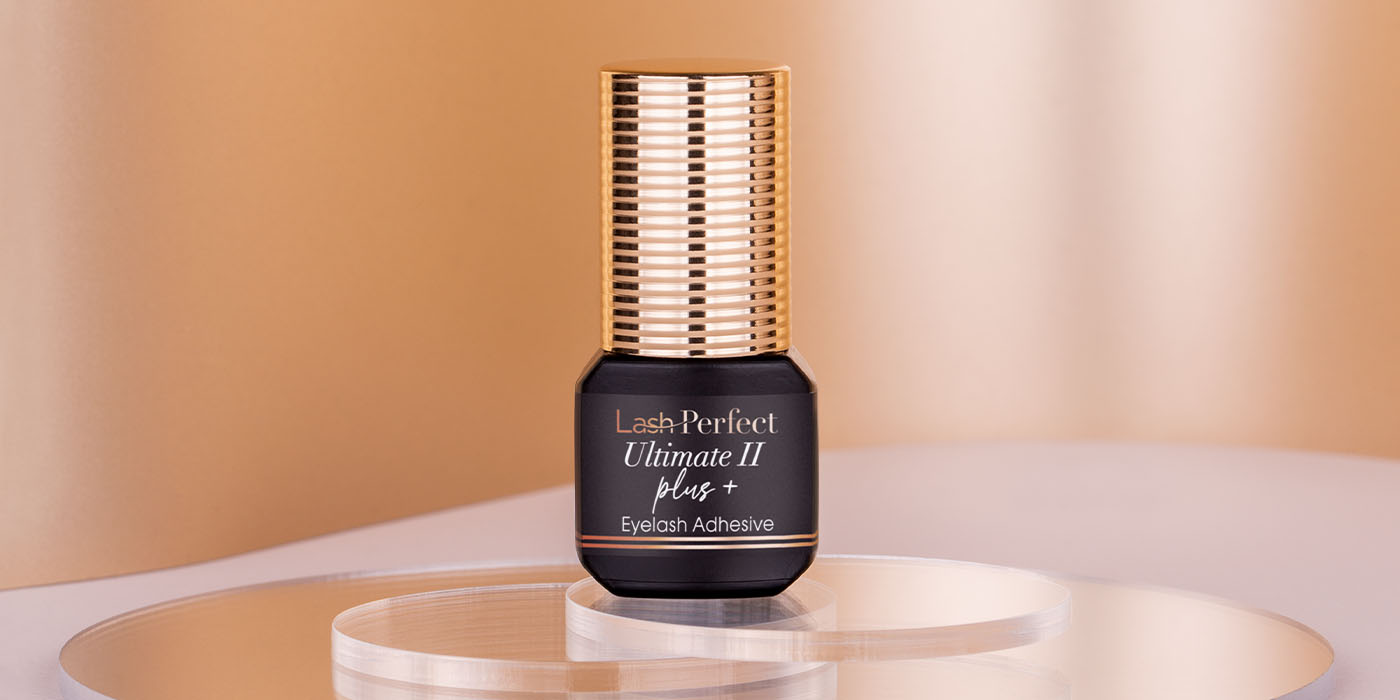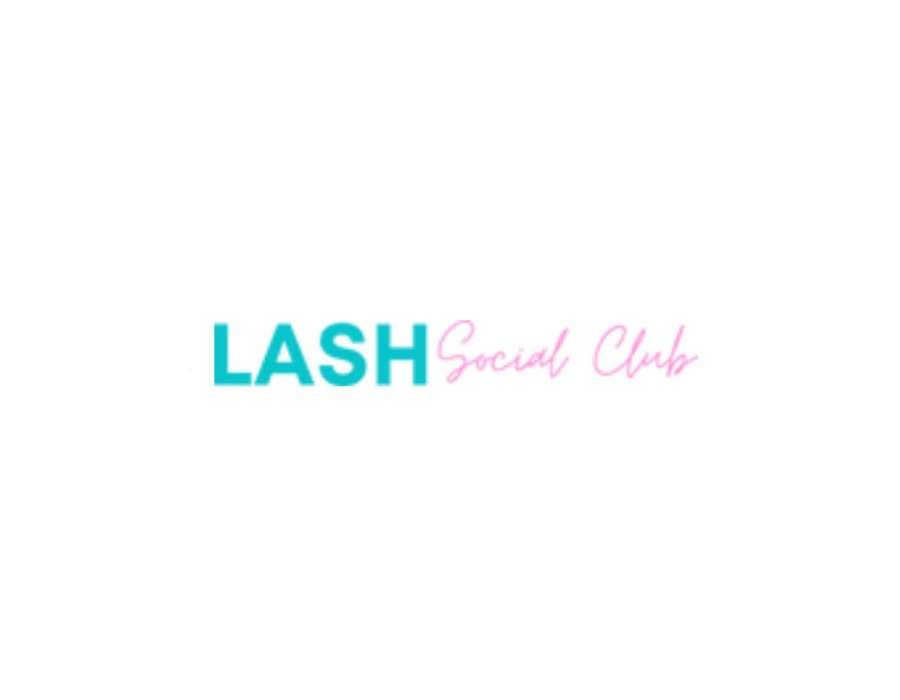Eyelash extensions have revolutionized the beauty industry, offering clients fuller, longer lashes without the hassle of daily mascara application. At the heart of every flawless lash set is a powerful, precise, and safe lash extension glue—the unsung hero that holds everything together. For lash artists, understanding how lash glue works, what to look for, and how to use it properly is essential to ensure stunning results and satisfied clients.
What is Lash Extension Glue?
Lash extension glue, or adhesive, is a specialized bonding agent designed to attach individual lash extensions to the natural lashes. Unlike regular cosmetic adhesives, lash glue must be formulated to be lightweight, long-lasting, fast-drying, and safe for use near the delicate eye area. Most professional glues are cyanoacrylate-based, a fast-acting adhesive known for its strong bonding capabilities.
Key Factors to Consider in Lash Extension Glue
Not all lash glues are created equal. Several key attributes influence the performance and safety of lash adhesives:
1. Drying Time
Drying times typically range from 0.5 to 3 seconds, depending on the formulation. Faster-drying adhesives are ideal for experienced lash artists, while slower-setting glues give beginners more time to adjust placement.
2. Retention
Good lash glue should provide long-lasting retention, typically up to 4–8 weeks. Retention depends on both the adhesive quality and how well it bonds in specific temperature and humidity conditions.
3. Fume Level
All cyanoacrylate-based adhesives emit fumes to some extent. Low-fume options are better for clients with sensitivities and for technicians working in poorly ventilated environments.
4. Viscosity
Glue thickness varies from thin (water-like) to thick (honey-like). Thin glues spread easily and dry quickly, while thicker formulas may offer better control and less risk of running.
5. Color
Most lash adhesives are black, which blends seamlessly with lash lines, but clear adhesives are available for colored lashes or clients with allergies to black pigment.

Environmental Considerations
Lash extension glue is highly sensitive to environmental factors:
- Humidity: Each glue performs best within a specific humidity range (typically 45–65%). High humidity speeds up curing, while low humidity slows it down.
- Temperature: Optimal performance usually occurs between 18–25°C (64–77°F). Too much heat can degrade glue quality.
- Storage: Adhesive should be stored in an airtight container away from sunlight and heat. Opened glue bottles should be replaced every 4–6 weeks to maintain freshness.
Using a hygrometer in your lash room helps you monitor and control conditions, ensuring consistent results.
Application Tips for Best Results
- Shake Before Use: Always shake the bottle well before dispensing to mix the ingredients evenly.
- Use Small Drops: Dispense a small drop on a jade stone, glue ring, or glue tray, and refresh it every 20–30 minutes to maintain performance.
- Proper Isolation: Avoid lash clumping by properly isolating natural lashes before applying extensions.
- Avoid Overuse: A little glue goes a long way. Excess glue can lead to stickies, poor retention, or discomfort.
Safety and Allergies
Safety is paramount when working with products so close to the eyes:
- Patch Tests: Offer patch tests at least 24 hours before application for new clients.
- Ventilation: Work in a well-ventilated area or use an air purifier to reduce fume exposure.
- Low-Fume Options: For sensitive clients, opt for adhesives labeled “sensitive” or “hypoallergenic.”
Conclusion
The success of a lash extension service heavily relies on the quality and performance of the lash extension glue used. A good adhesive provides strong retention, safe bonding, and a smooth application experience. For lash artists, understanding the chemistry and behavior of lash glue under different conditions can elevate service quality and client satisfaction. With the right glue and proper technique, you create not just beautiful lashes—but trust and loyalty that keeps clients coming back.






Comments